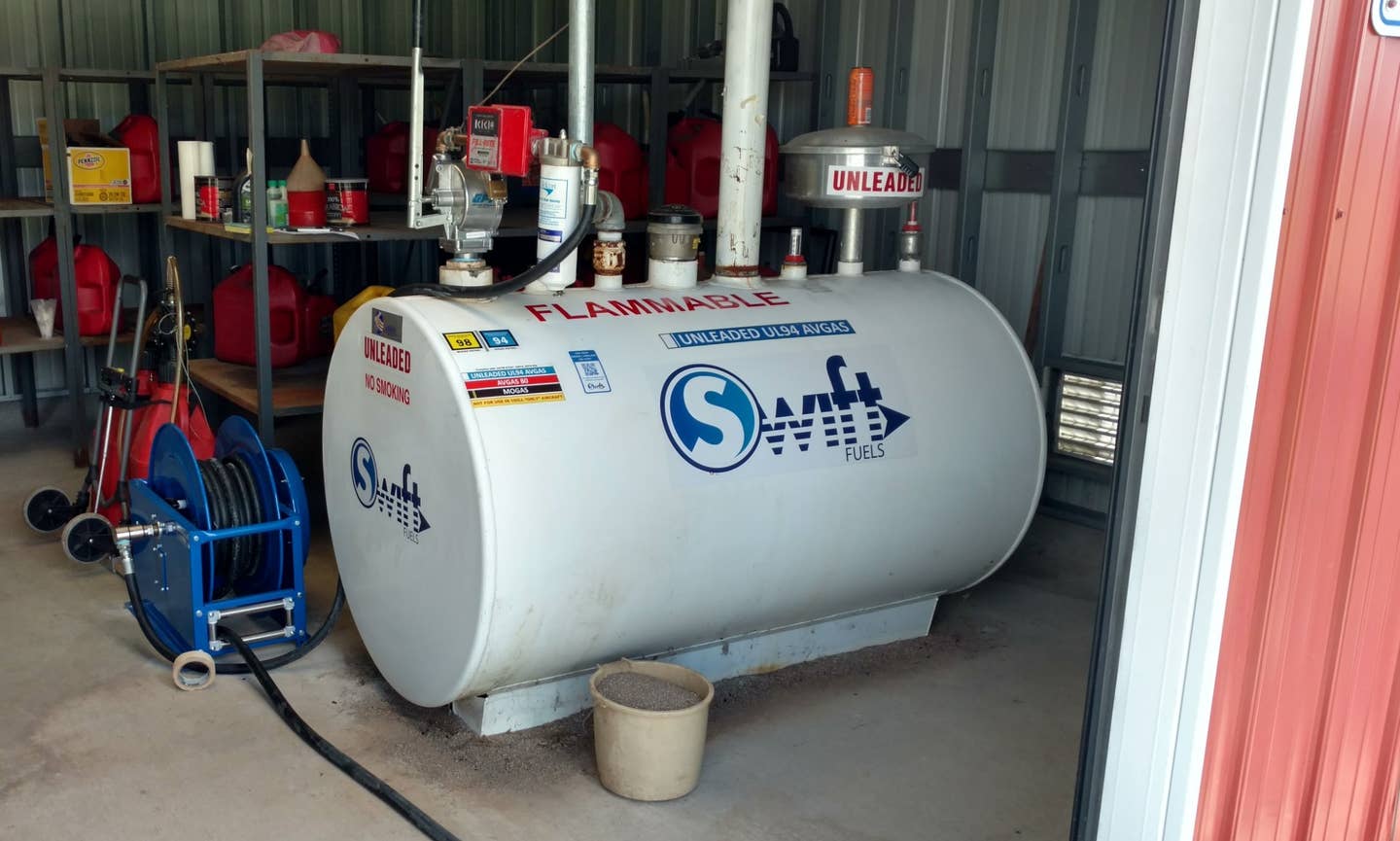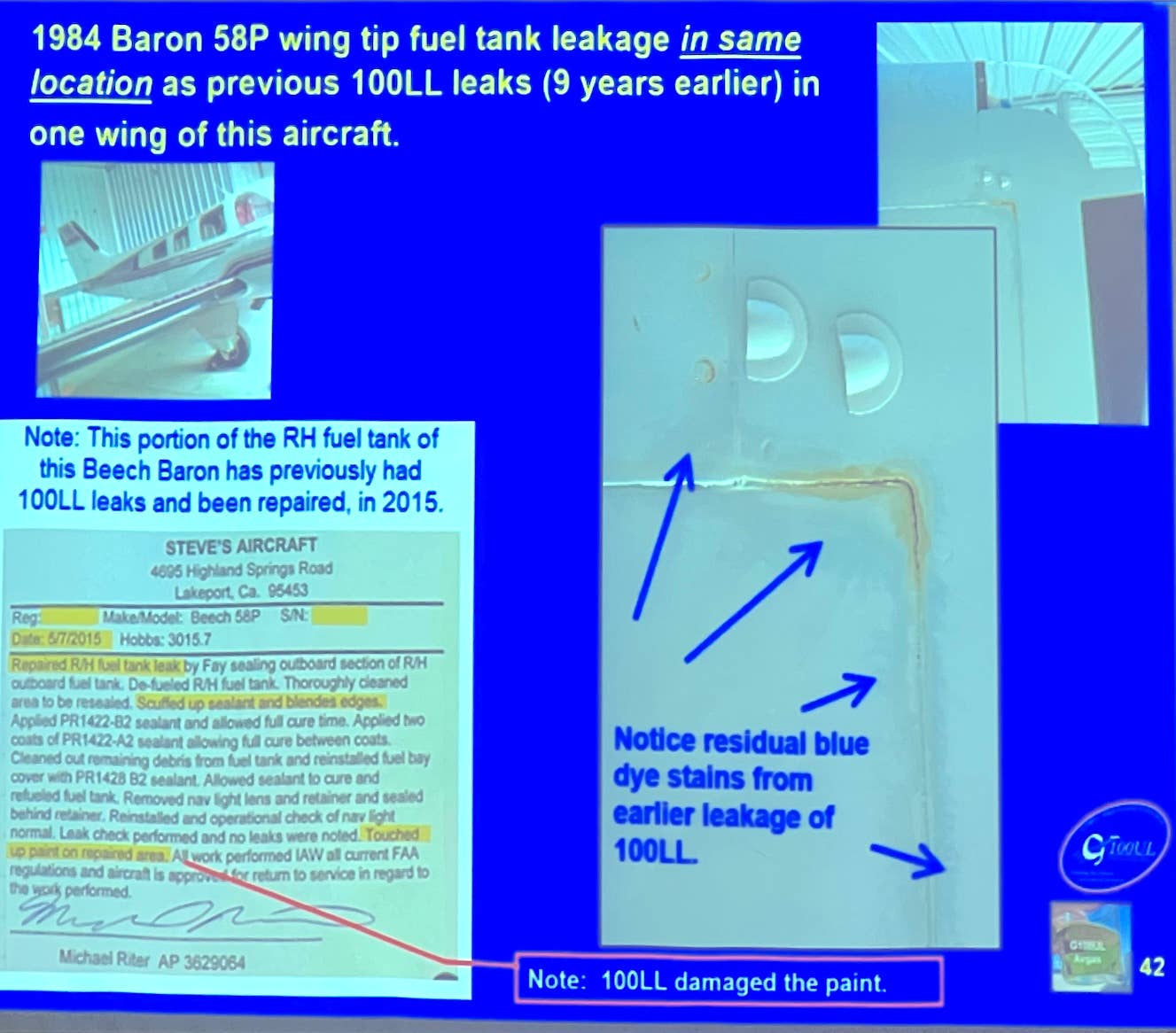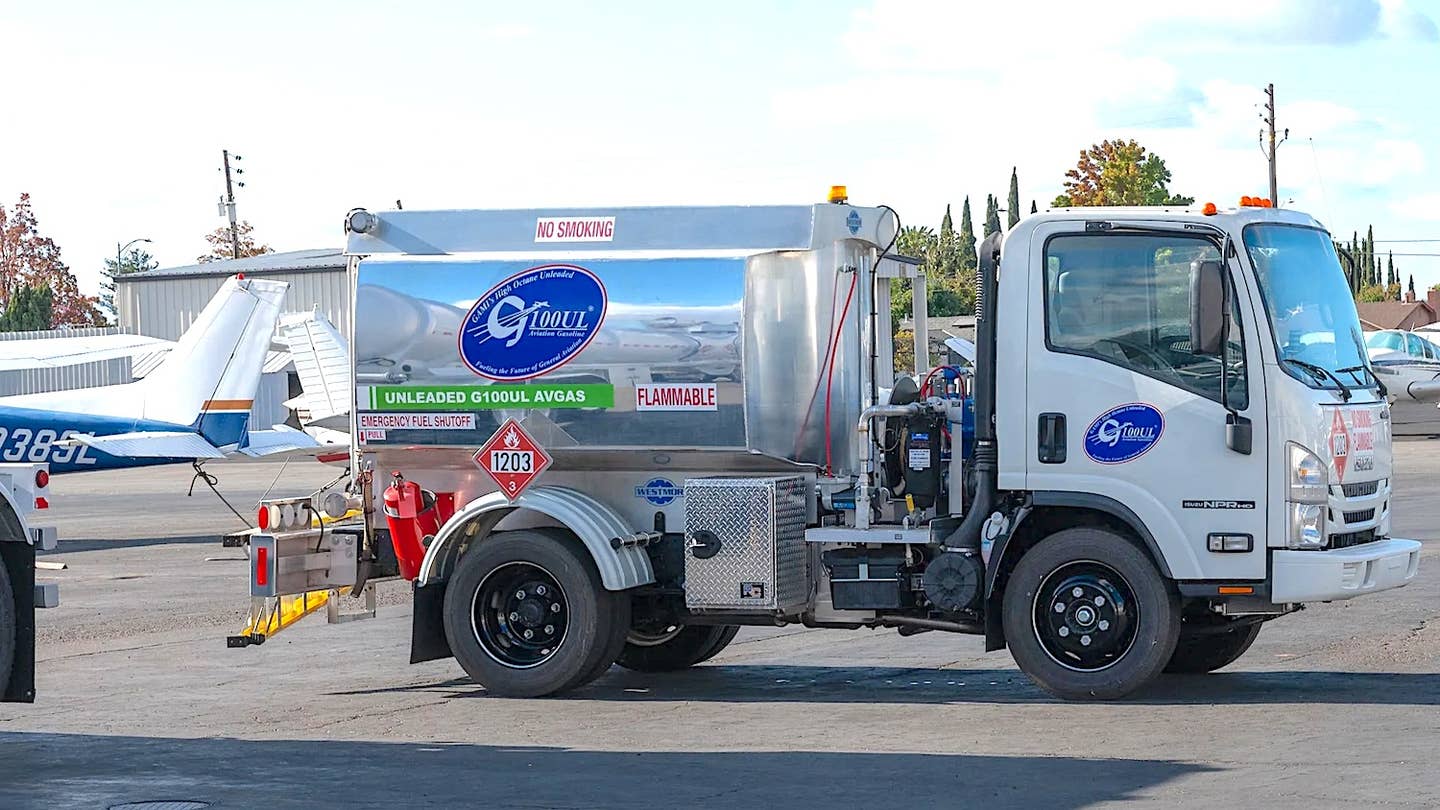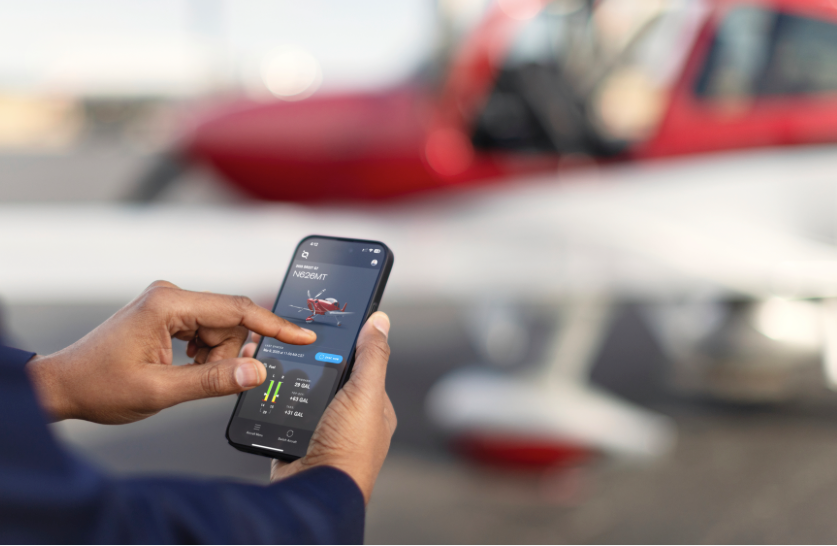Garmin GPSMAP 396
Navigation, weather and entertainment, all in a portable package. Here are some brief impressions of this impressive product that may be in short supply at Oshkosh.
As we head off to Oshkosh this week, the Garmin GPSMAP 396 appears likely to be the hottest product at the show. As you've probably heard, it combines GPS navigation, datalink weather and XM audio all in the same size package as the popular GPSMAP 296. Our sister publication, Aviation Consumer, recently evaluated the product and we took a few minutes to ask the magazine's editor, Paul Bertorelli, for his impressions of the 396. Subscribers can find the full report here.
Browsing a few Web sites, it looks to us like the GPSMAP 396, at $2495 discounted, is the most expensive GPS ever. Will that be a barrier for buyers?
For some, yes. But overall, I think Garmin will sell the heck out of this thing. If anything, buyers may be irritated due to short supplies at OSH. As for cost, when we reviewed the GPSMAP 296 a year ago, we did some historical research on prices. Adjusted for inflation, the Garmin 95, which appeared in 1994, cost $2396 and all it had was a monochrome, numerical display and the crudest moving map. So for essentially the same cost, the 396 is a quantum leap in capability.
What's the primary technical breakthrough here?
There are a couple. First, Garmin managed to integrate the XM package into a unit about the size of a hockey puck and it's powered by a single wire through a USB-type port. That really reduces the wiring clutter in the cockpit. Second, the screen quality is greatly improved. It has denser, brighter colors than the 296 does. It's quite noticeable.
Speaking of screen size, is the display large enough to show all that weather detail?
It's certainly not an MX20 or an Avidyne EX500, but the screen size is sufficient to display both the weather areas and navigation data relative to terrain features. You have to be a little canny in using the scale selection and decluttering features.
Will it run on batteries?
It will, but the XM receiver draws quite a bit of power. The 396 has an onboard rechargeable lithium-ion battery that will power it for about eight hours, with XM not running. With XM engaged, that drops to two hours or less.
Did you fly it in actual weather?
We did. Over the course of the three days we tried the 396, there were thunderstorms every day in Florida. We used it to deviate around the weather areas or to fly through areas of light-green rain. We found that if an 8- to 12-mile scale is used, there's enough room on the screen to easily navigate around weather areas. Sometimes you can't see the entire weather area at these scales, but you can certainly see the clear areas suitable for deviation.
What about weather that's far away? Say you're flying toward a cold front 500 miles away, with squall lines. Can the display show that in enough detail to devise a strategy?
Although it's a little awkward, you can pan the map display to any point in the country; and if there's weather, it will appear as a NEXRAD image. You can then zoom in on it to see the details. Or, you can pan at a larger scale -- say 120 miles -- and see a fairly large area of weather. There's certainly enough detail there to make good deviation decisions.
Does the display loop, like the WxWorx software?
It does, but only to a limited extent. And you can't loop and pan at the same time. However, you can move the cursor into a storm area and the display will pop up a balloon with intensity and there's also an arrow showing general movement.
What about other weather products, such as text weather or satellite views?
Those can be accessed, too. We found the satellite view to be a little too blocky to be of much use, but it's there. Textual METARs and TAFs are also available, plus lightning from the ground-based lightning detection network. Winds at various altitudes are also available and you can select what scale you'd like this information to appear at. It's not much of an exaggeration to say the 396 can provide all the weather information you need for a flight. It even plots TFRs.
How about terrain displays and warnings? The ad copy says it does that, too.
The terrain warning features are essentially the same as the GPSMAP 296 which, for all practical purposes, is a TAWs device in everything but name. In the 396, the terrain function actually has voice capability, warning you aurally of obstacles, terrain, sink rate and excess descent rate. It annunciates "pull up" commands if you're about to encounter terrain or towers.
All that is related to the XM radio function?
The audio certainly is, yes. To hear it, you need a headset or to have the unit wired into the aircraft audio panel.
Does that mean you have to have this thing installed?
Not really, no. The 396 has a standard audio jack on the back of its case. You can plug in a dedicated stereo headset or jumper it into the airplane audio panel. You need a music jack to access your audio panel.
How does the XM sound?
Terrific. It has just enough volume and audio punch not to require additional amplification in the airplane, although a stereo audio panel would certainly improve performance. Tuning of the XM is through a little icon tray on the left side of one of the screens and the volume control is doubled up on the screen brightness toggle. Very clever use of minimal keys.
When you add all this up, how much does the XM service cost?
I wouldn't call it cheap, but it's a fair value. WxWorx has two tiers of service, at $29.95 a month and $49.95 a month. Check out their Web site for the details on what each package offers. XM audio costs $12.95 a month, so if you go with the more expensive data package, you're on the hook for $62.90 a month or $754.80 a year. XM offers some breaks on longer term packages and it has a multiple receiver program that cuts the cost considerably. No one ever said this stuff would be free.
Well, actually, they did. The ADS-B program is supposed to offer free datalink weather. Do you think buyers should wait for that?
You're right, ADS-B weather is supposed to be free. But it's years away-possibly three or more-and you still have to buy about $15,000 worth of panel-mount hardware. I certainly wouldn't wait on it, given the capability of WxWorx to get NEXRAD into the cockpit right now.
Is the 396 going to kill the rest of the portable weather market?
I don't think it will kill it outright, but there's little question that the 396 will radically reshape the portable datalink market. Some buyers will still want to go the tablet or PDA route, because those devices offer capability that the 396 doesn't have, such as wireless access and the ability to run other programs. But for many buyers, my guess is that the allure of datalink in a single, robust package without the wiring clutter will be hard to resist. The 396 will knock of lot of buyers off the fence. I see that as good thing because the NEXRAD and terrain capability are impressive safety enhancers. In my view, the more airplanes that have this capability, the better.
More AVweb product reviews are available here.






